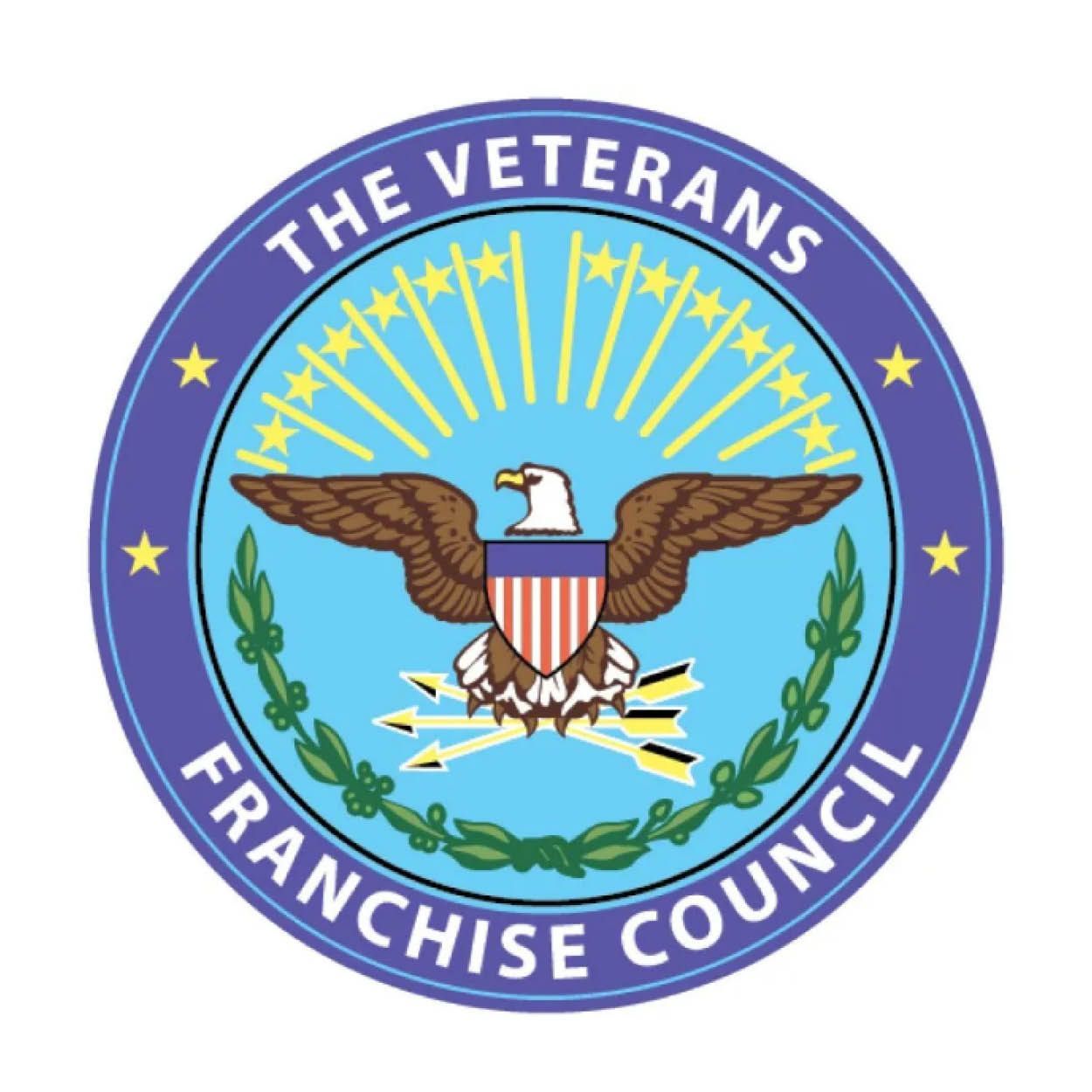How to Maintain Brand Consistency in a Multi-Unit Franchise System
In the competitive landscape of franchising, where each unit operates as a semi-autonomous entity, maintaining consistent branding across multiple locations is a formidable challenge. Yet, it's an endeavor of paramount importance. Brand consistency isn't merely about presenting a unified visual identity; it's about delivering a cohesive customer experience that reinforces brand values, builds trust, and sets the franchise apart in the market.
In this comprehensive guide, we delve into the intricacies of upholding brand consistency within a multi-unit franchise system. We'll explore the fundamental principles, strategies, and best practices that franchisors and franchisees can employ to forge a cohesive brand identity across diverse locations.
From establishing clear brand guidelines to fostering effective communication, leveraging technology, and conducting ongoing evaluations, every aspect of brand consistency will be meticulously examined. Whether you're a seasoned franchisor seeking to refine your brand management approach or a franchisee aiming to align your operations with the overarching brand vision, this guide is your roadmap to mastering consistency and driving success in the complex terrain of multi-unit franchising.
Understanding the Importance of Brand Consistency
Brand consistency is the cornerstone of success in franchising. It goes beyond visual aesthetics; it encompasses the entirety of the customer experience, from the moment they encounter the brand to their interactions with products or services. Consistent branding instills trust, builds credibility, and fosters customer loyalty. In a multi-unit franchise system, where each location represents a facet of the brand, maintaining consistency is paramount for creating a cohesive brand identity and ensuring a seamless experience for customers across all touchpoints.
Consistency reinforces brand recognition, making it easier for customers to identify and relate to the franchise, regardless of the location they visit. When customers encounter consistent branding across different units, they develop a sense of familiarity and trust, which translates into repeat business and positive word-of-mouth referrals.
Moreover, consistent branding communicates brand values and attributes effectively. It conveys a clear message about what the brand stands for, its commitment to quality, and its promise to deliver a consistent level of service. This alignment of brand messaging and customer experience fosters a strong emotional connection with customers, leading to higher levels of engagement and brand advocacy.
Establishing Clear Brand Guidelines
At the heart of maintaining brand consistency lies the establishment of clear and comprehensive brand guidelines. These guidelines serve as a roadmap for franchisees, outlining standards for visual identity, brand voice, messaging, and overall brand experience. By providing franchisees with a detailed playbook, franchisors empower them to uphold brand standards effectively and ensure alignment with the overarching brand vision.
Brand guidelines typically include specifications for logo usage, typography, color palettes, imagery, and other visual elements. They also define brand voice and tone, guiding franchisees on how to communicate with customers in a manner that reflects the brand's personality and values. Additionally, brand guidelines may encompass operational standards, such as customer service protocols, product quality requirements, and marketing strategies tailored to the brand.
To ensure clarity and accessibility, brand guidelines should be presented in a format that is easy to understand and reference, such as a digital brand portal or a printed brand manual. Regular updates and revisions may be necessary to accommodate changes in branding strategies, market trends, or customer preferences.
Implementing Robust Training Programs
Training is essential for instilling brand values and ensuring that franchisees and their employees understand and adhere to brand guidelines effectively. Robust training programs should cover various aspects of brand consistency, including brand history, values, positioning, and the rationale behind brand guidelines. By educating franchisees about the importance of consistency and the impact it has on the overall success of the franchise, franchisors can foster a culture of brand stewardship and accountability.
Training sessions should also focus on practical skills that enable franchisees and their staff to deliver a consistent brand experience to customers. This may include customer service training, product knowledge sessions, and workshops on implementing marketing initiatives in line with the brand guidelines. By equipping franchisees with the knowledge and tools they need to embody the brand effectively, franchisors empower them to deliver a cohesive and memorable brand experience across all franchise units.
Fostering Communication and Collaboration
Effective communication and collaboration between franchisors and franchisees are essential for maintaining brand consistency in a multi-unit franchise system. Franchisors should establish channels for regular communication to facilitate the exchange of information, best practices, and updates related to branding initiatives. These channels may include newsletters, intranet portals, virtual meetings, or conferences.
Open communication fosters a sense of partnership and mutual understanding between franchisors and franchisees, empowering them to work together towards common goals. Franchisors should encourage franchisees to provide feedback, share insights, and raise concerns related to brand consistency. By soliciting input from franchisees and involving them in decision-making processes, franchisors can gain valuable perspectives and insights that contribute to the refinement of brand strategies and guidelines.
In addition to formal communication channels, franchisors should create opportunities for franchisees to collaborate and learn from one another. This could involve organizing regional or national conferences, workshops, or forums where franchisees can share experiences, exchange ideas, and brainstorm innovative ways to enhance brand consistency. By fostering a sense of community within the franchise network, franchisors can strengthen alignment with the brand vision and values across all franchise units.
Leveraging Technology and Tools
Technology plays a crucial role in streamlining brand management processes and facilitating consistency across multiple franchise units. Franchisors can leverage digital platforms and tools to provide franchisees with access to brand assets, marketing materials, and operational resources in a centralized manner. Digital asset management systems allow franchisors to organize and distribute brand assets efficiently, ensuring that franchisees have access to the latest logos, graphics, and marketing collateral.
Moreover, franchisors can utilize brand compliance tools to monitor brand usage and adherence to brand guidelines across the franchise network. These tools enable franchisors to track the deployment of marketing materials, ensure consistency in messaging and visual identity, and identify any deviations from brand standards that may require intervention or correction. By leveraging technology, franchisors can automate repetitive tasks, streamline workflows, and maintain brand consistency more effectively in a multi-unit franchise system.
Additionally, franchisors can explore the use of digital training platforms to deliver standardized training programs to franchisees and their employees. These platforms offer flexibility and scalability, allowing franchisees to access training materials and resources at their convenience, regardless of their location or time zone. By embracing technology-enabled solutions, franchisors can empower franchisees to uphold brand standards more efficiently and effectively, ultimately enhancing brand consistency across the entire franchise network.
Monitoring and Evaluating Brand Consistency
Regular monitoring and evaluation are essential components of maintaining brand consistency in a multi-unit franchise system. Franchisors must implement robust systems and processes to assess brand performance, identify areas for improvement, and ensure alignment with brand standards across all franchise units.
Brand Audits: Conducting periodic brand audits allows franchisors to evaluate the consistency of brand implementation across different locations. Brand audits typically involve reviewing marketing materials, signage, customer communications, and operational processes to assess adherence to brand guidelines. By identifying inconsistencies or deviations from brand standards, franchisors can take corrective action and provide additional support to franchisees as needed.
Mystery Shopping: Mystery shopping programs provide valuable insights into the customer experience at franchise locations. By sending anonymous shoppers to interact with staff, evaluate service quality, and assess brand presentation, franchisors can gain firsthand knowledge of the customer journey and identify areas for improvement. Mystery shopping evaluations help ensure that franchisees are delivering on the brand promise and upholding brand standards consistently.
Customer Feedback Surveys: Soliciting feedback from customers through surveys or feedback forms enables franchisors to gauge customer perceptions and satisfaction levels. Feedback surveys can include questions related to brand perception, service quality, product satisfaction, and overall experience. Analyzing customer feedback allows franchisors to identify trends, pinpoint areas of concern, and make informed decisions to address customer needs and preferences.
Franchisee Performance Metrics: Monitoring franchisee performance metrics, such as sales figures, customer satisfaction scores, and adherence to operational standards, provides valuable insights into brand consistency and overall business performance. Franchisors can track key performance indicators (KPIs) to assess the effectiveness of brand initiatives, identify high-performing franchise units, and offer support or guidance to underperforming units as needed.
Ongoing Communication and Feedback: Maintaining open communication channels with franchisees is crucial for gathering feedback, addressing concerns, and fostering a culture of continuous improvement. Franchisors should regularly engage with franchisees to discuss brand-related issues, share best practices, and provide guidance on maintaining brand consistency. By soliciting input from franchisees and involving them in decision-making processes, franchisors can strengthen alignment with the brand vision and values across the franchise network.
Adapting and Refining Strategies: Based on the insights gathered from monitoring and evaluation efforts, franchisors should be prepared to adapt and refine brand strategies as needed. Whether it involves updating brand guidelines, implementing new training initiatives, or launching targeted marketing campaigns, franchisors must remain agile and responsive to changes in market dynamics, consumer preferences, and competitive landscapes.
By embracing a proactive approach to monitoring and evaluating brand consistency, franchisors can ensure that their franchise network remains aligned with brand standards, delivers exceptional customer experiences, and sustains long-term success in a competitive marketplace.
Driving Consistency Forward: Ensuring Brand Cohesion in a Multi-Unit Franchise System
In the complex landscape of multi-unit franchising, maintaining brand consistency is not just a goal; it's a strategic imperative for sustained success. Throughout this guide, we've explored the foundational principles, strategies, and best practices for upholding brand consistency across diverse franchise units. From establishing clear brand guidelines and implementing robust training programs to fostering communication, collaboration, and leveraging technology, every aspect of brand management plays a crucial role in driving consistency forward.
Brand consistency is not a one-time effort but an ongoing journey that requires dedication, collaboration, and continuous improvement from both franchisors and franchisees. By aligning operations, communication, and branding efforts, franchisors and franchisees can create a cohesive brand identity that resonates with customers, fosters trust, and drives long-term loyalty.
As the franchising landscape continues to evolve, embracing innovation and adapting to changing market dynamics will be essential for maintaining brand relevance and competitiveness. Franchisors must remain vigilant, monitoring brand performance, soliciting feedback, and refining strategies to ensure that brand consistency remains a top priority across the franchise network.
Ultimately, driving consistency forward is not just about adhering to brand guidelines; it's about embodying the brand's values, delivering exceptional experiences, and building meaningful connections with customers. By staying true to the brand's essence and fostering a culture of collaboration and excellence, franchisors and franchisees can navigate the complexities of multi-unit franchising with confidence, driving success and growth for years to come.
This article is authored by FranAdCo, a trusted advisor specializing in brand and marketing solutions for franchises. Visit us at www.franadco.com.








SIGN UP FOR THE FRANCHISE JOURNAL NEWSLETTER
FJ Subscribe
Thank you for subscribing to The Franchise Journal.
Please try again later.




